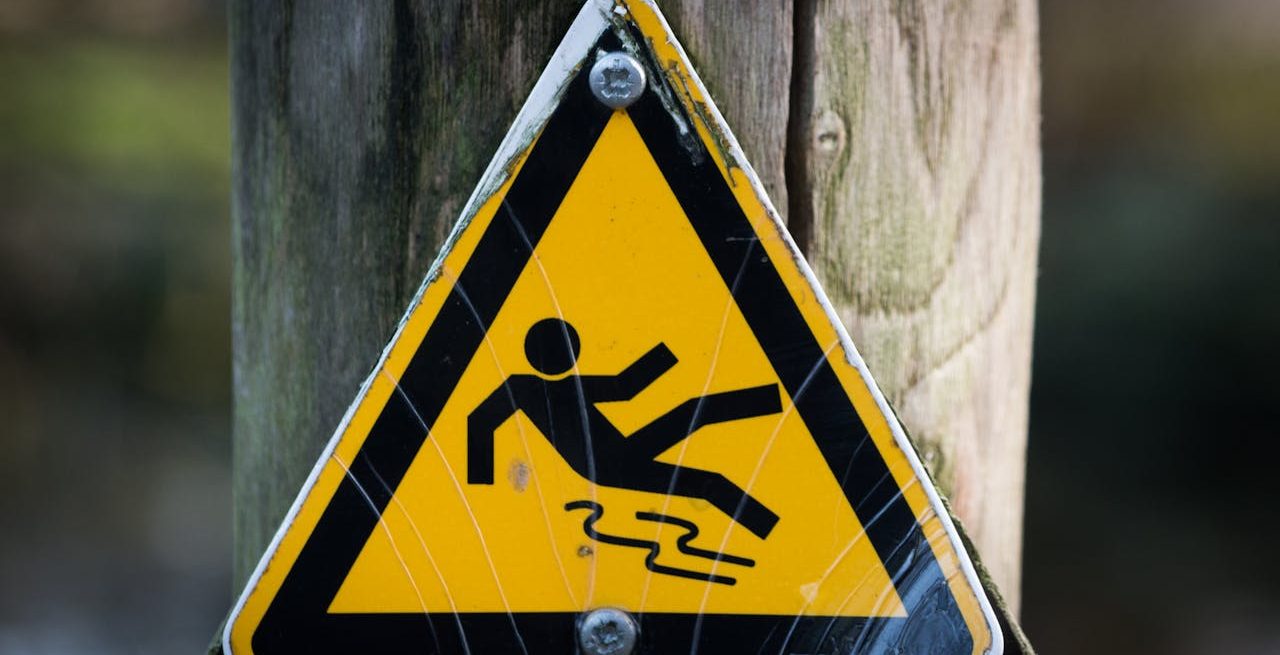As Restaurants Face Rise in Slip and Fall Suits, Simple Measures Can Mitigate Risk
3 Min Read By Jordan B. Rosenberg
The restaurant industry is fighting a tough battle. Rising costs are not the only financial hazard facing the food service business, as recent studies show that slip and fall cases cost the industry $2 billion a year. However, there are several ways businesses can help reduce risk, financial exposure, and legal complications.
Focus on Smart Construction
When designing new restaurant spaces, be aware of the need for adequate drainage systems to avoid unwanted water runoff, which can freeze during the winter months. Strategic planning can also ensure the water does not run off onto sidewalks, where it can refreeze and cause a potential slipping hazard. Instead, plan for water to be diverted to drains or away from pedestrian areas. Designers can also ensure that physical steps are supported by handrails and are not placed in unsuspecting locations.
Look for Warning Signs and Capture Video
Many locations can be made safe with simple placement of signs to warn patrons. If your location has a step that may not be easily visible to patrons, consider putting down caution tape or a sign to alert people to the step to avoid falls. Having video surveillance of high-traffic areas is also a great way to protect yourself from legal trouble. Identify high-traffic areas and ensure adequate surveillance cameras record footage that can be used later.
Inevitably, an accident will occur, but if it is captured on video, you can avoid a he said/she said situation with supporting video evidence of what happened—and ideally demonstrating that your business followed proper procedures prior to the accident. Also, ensure your record-retention policies preserve the video for a sufficient length of time so you can maintain the footage if and when you receive a letter requesting a video of the incident. Pro tip: Find out the statute of limitations for your jurisdiction, and preserve the video for the same length of time.
Protect Against Leaks
Many cooling devices and beverage stations are prone to condensation or other forms of liquid leakage that can create a slip hazard. Conduct regular inspections of equipment to prevent moisture from pooling up and creating a hazard. A small investment in prevention can go a long way to staving off risk.
Be Mindful of Cleaning Products
Everyone wants to keep their stainless steel appliances and elevators looking shiny, but many of these cleaning solvents can be very slippery—and if not applied correctly, they can create an extremely slick opportunity for a customer to fall.
Stock and Utilize Proper Safety Equipment
Make sure your business is supplied with signage and barriers to be deployed in the event of a spill. By placing “Caution Wet Floor” signs and properly securing the area of a spill, you can prevent an unsuspecting customer from wandering through. Do not attempt to use makeshift solutions, such as placing chairs around a spill. Also, quality rubber mats for entryways should be used so customers can wipe their feet during inclement weather. Do not repurpose cardboard or other items when there are better options that are efficient as well as cost-effective over time. To avoid customers carrying their wet umbrellas through the premises, employ a proper receptible near the entryway.
Be Mindful of When to Perform Certain Tasks
Avoid setting up or breaking down displays and other equipment during regular hours. Often, these displays involve metal poles, and if they are lying on the floor during the setup or removal process, an unsuspecting customer might trip over them. Consider rescheduling this work to before or after normal hours of operation.
Use Vetted Subcontractors
If you will rely on a subcontractor, make sure they have adequate insurance, which names the business as an additional insured under their policy as a condition to contract for services—and also requires they provide you with a copy of their certificate of insurance naming you as an additional insured under the policy. Require your subcontractors to be proactive in their contractual duties. Snow removal contractors should not be required to be notified when snowfall occurs; they should independently monitor weather conditions and then proactively contact the business with recommendations. Cleaning subcontractors (or store employees if not subcontracted) should perform hourly visual inspections to identify any potential hazards and document these efforts. Any identified hazards should be addressed immediately.
Create an Incident Report
When an accident occurs, ask the customer to complete a written incident report and provide it to your insurance company immediately. This will enable you to protect your interests and establish the facts surrounding the incident for future reference—and do so before memories invariably fade. If you have video surveillance of the accident, it should be immediately preserved and secured in connection with the incident report.
While many of these steps may seem basic, the sad truth is many establishments neglect to follow these simple protocols. A small investment of time and money can help protect your establishment from a costly suit that distracts you from running your business or even threatens its existence. Taking just a few simple steps can go a long way to protecting your business and your customers.


